Poison Garden Alnwick – A Travel Guide to Nature’s Dark Side
Published: 05/11/2025
If you enjoy finding places that feel a bit magical and a bit strange, here’s one that’s truly different. In this travel guide, we’re taking you to The Poison Garden at Alnwick Garden in Northumberland, England, a place most travelers don’t know about. It’s not your usual flower garden where you walk around smelling roses.
Here, every plant has a dark secret. Some can burn your skin, some can make you sick, and a few can even kill you. Hidden within the historic Alnwick Castle grounds, this garden appears calm from the outside but harbors a world full of danger and mystery. Every plant has its own unique story, ranging from ancient medicines to deadly poisons.
So, let’s start our trip to one of the most unusual and fascinating gardens in England.
What and Where is the Poison Garden
The Poison Garden is located within the Alnwick Garden in Northumberland, England. It is part of the grounds of Alnwick Castle, which has been around for almost 900 years. Unlike other gardens with flowers and fountains, this garden is very different.
It contains around 100 plants that are poisonous, toxic, or can cause illness. Some can burn your skin, some can make you faint, and a few are very dangerous. Visitors can only go in with a guided tour. The guides explain the stories of each plant, how they were used in history, and why they is dangerous. You cannot walk around alone because it is not safe.

Why the Poison Garden Is Unique
The Poison Garden is very different from any regular garden. Every plant in it has a story. Some were once used as medicine, while others were associated with poisons or crimes from the past. The garden was created by the Duchess of Northumberland, who wanted to make a place that teaches visitors about the hidden dangers in plants we often take for granted.
What makes it even more interesting is that many of these plants are common. You might see them in normal gardens or growing wild in Europe. But in the Poison Garden, with signs warning you of their dangers, you start to see nature in a completely new way.
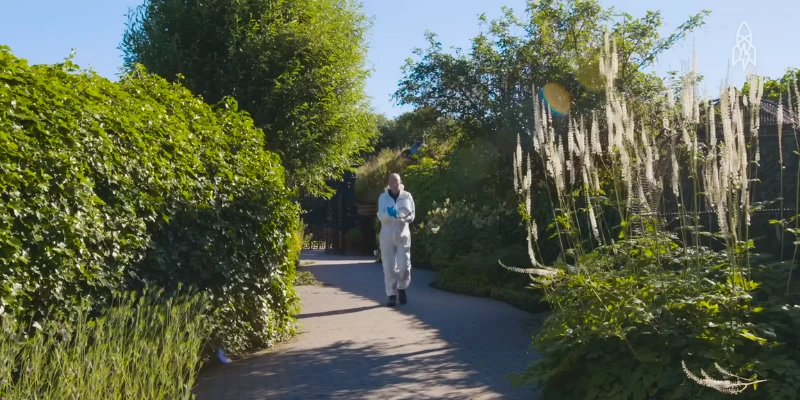
How Poisonous Are the Plants?
The Poison Garden at Alnwick is home to around 100 plants that can be dangerous or even deadly. These plants have been used throughout history for medicinal purposes, but they can also cause serious harm if not handled properly. Here are some of the most dangerous ones you can see in the garden:
1. Deadly Nightshade (Atropa belladonna)
This plant has shiny black berries that look tempting but are very poisonous. Just a few berries can be fatal, especially to children. Even touching or smelling the plant can be harmful.
2. Monkshood (Aconitum napellus)
Every part of this plant is poisonous, and even skin contact can be dangerous. It has been used in history as a poison.
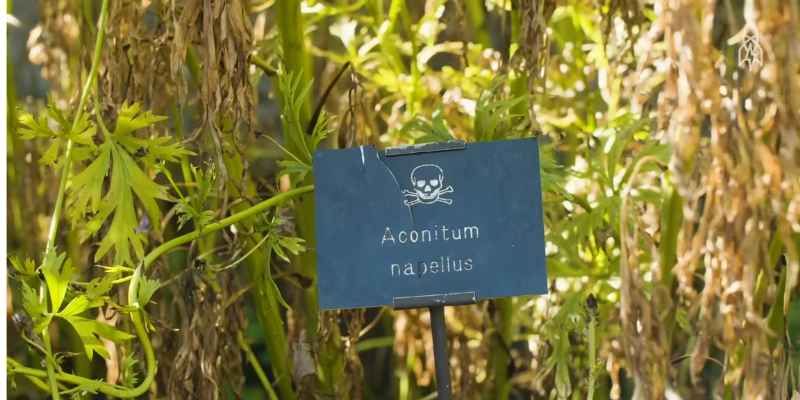
3. Castor Bean Plant (Ricinus communis)
The seeds of this plant can produce ricin, one of the most lethal natural poisons known. Even a small amount can cause severe illness or death.
4. Gympie-Gympie (Dendrocnide moroides)
Also known as the “Suicide Plant,” it has tiny hairs that inject a powerful neurotoxin. The pain it causes can last for months. This plant is so dangerous that it has driven some people to suicide due to the extreme pain it causes.
5. Cherry Laurel (Prunus laurocerasus)
This common hedge plant can release cyanide gas if its leaves are crushed. It’s important to avoid contact with the leaves.
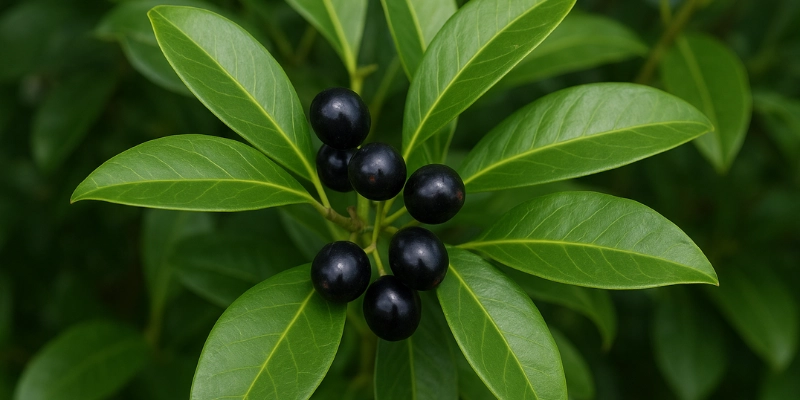
Safety First
Because of their toxicity, visitors are strictly warned not to touch, smell, or taste any of the plants. Even inhaling their scent can be harmful in some cases. The plants are kept behind barriers and cages to ensure safety.
What You’ll Experience on Your Visit
When you enter the Poison Garden, the first thing you see is a black iron gate with a skull and crossbones and a warning that reads, “These plants can kill.” That sets the mood right away.
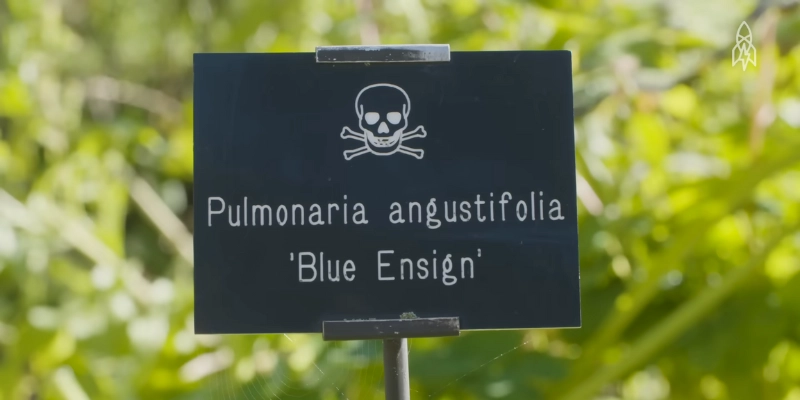
The guided tour lasts around 15 to 30 minutes. You’ll walk along the stone paths, surrounded by carefully caged and labeled plants. The guides share real-life stories about how people once used these plants for medicinal purposes, witchcraft, or assassination.
After the tour, you can explore the rest of Alnwick Garden, which is filled with fountains, rose gardens, and quiet seating areas. The peaceful atmosphere outside makes the Poison Garden’s dark theme stand out even more.
| Pros of Visiting the Poison Garden in Alnwick |
|---|
|

| Cons of Visiting the Poison Garden, Alnwick |
|---|
|
When to Visit and Travel Tips
If you plan to visit, check the Alnwick Garden schedule first. Poison Garden tours run at specific times throughout the day. The garden is open most of the year, but hours may vary by season.
Here are a few quick travel tips:
- Allow at least half a day to explore both Alnwick Garden and the castle.
- Wear comfortable shoes, as the walkways can be uneven.
- Photography may be restricted in some areas of the Poison Garden.
- The nearest major cities are Newcastle and Edinburgh, both of which have good transport connections to Alnwick.
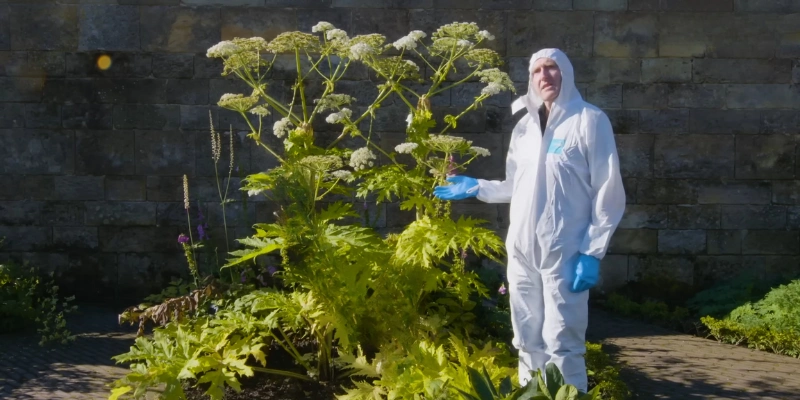
Why the Poison Garden is Worth Visiting
The Poison Garden isn’t just about danger. It’s also about learning how close beauty and death can be in nature. Many of these plants have shaped human history, appearing in medicine, myths, and crimes. The garden helps you understand how our ancestors once used and feared them.
It’s also a perfect mix for travelers who love something different: a touch of history, a hint of danger, and the beauty of a well-kept English garden.
Conclusion
So, guys, visiting the Poison Garden at Alnwick is not just about looking at plants; it’s like stepping into a world full of history, science, and surprising stories. You will see how normal-looking flowers, berries, and shrubs can be very dangerous.
You’ll also learn about famous poisonous plants, how they were used in the past, and why they can be harmful today. It’s a place that teaches you to respect nature in a new way.
If you enjoy travel that is a bit different, exciting, and educational, this garden should be on your list.
Book a guided tour, explore carefully, and discover how nature’s most beautiful plants can also hide dangerous secrets.
FAQs About the Poison Garden Alnwick
The Poison Garden is part of The Alnwick Garden in Northumberland, England, right next to the historic Alnwick Castle. It’s about a 45-minute drive from Newcastle and can be easily reached by car or public transport.
The garden features around 100 toxic, narcotic, and deadly plants from around the world. New plants are often added, and each has its own story about its dangerous effects or historic use.
Yes, it is perfectly safe as long as you follow the rules. Visitors must join a guided tour, and touching, smelling, or tasting the plants is strictly forbidden. Some plants can cause burns or breathing problems even with close contact.
Some of the deadliest plants here include Ricinus communis (Castor Bean), Atropa belladonna (Deadly Nightshade), and Aconitum napellus (Monkshood). Even small amounts of these can be fatal to humans.
Photography is allowed in most areas, but visitors must stay behind barriers. Some tours may request that visitors refrain from taking photos near certain high-risk plants for safety and preservation reasons.
The garden was designed by the Duchess of Northumberland. She wanted to create a place that educates visitors, especially children, about how plants can be both useful and dangerous. It aims to inspire curiosity and respect for nature.
That gate marks the entrance to the Poison Garden. The skull-and-crossbones symbol serves as a warning sign, reminding visitors that everything inside is toxic and should be handled with care.
Yes, children are welcome to visit, but only under adult supervision and as part of a guided tour. The tour guides make the visit educational, focusing on interesting facts rather than just the danger.
The best time to visit is between spring and autumn when most plants are in full bloom. However, the garden is open nearly all year round, with tour times varying by season and weather conditions.
You can book tickets online through the official Alnwick Garden website or buy them at the entrance. Guided tours of the Poison Garden are available several times a day and are included with the purchase of a main garden ticket.

- Be Respectful
- Stay Relevant
- Stay Positive
- True Feedback
- Encourage Discussion
- Avoid Spamming
- No Fake News
- Don't Copy-Paste
- No Personal Attacks

- Be Respectful
- Stay Relevant
- Stay Positive
- True Feedback
- Encourage Discussion
- Avoid Spamming
- No Fake News
- Don't Copy-Paste
- No Personal Attacks

